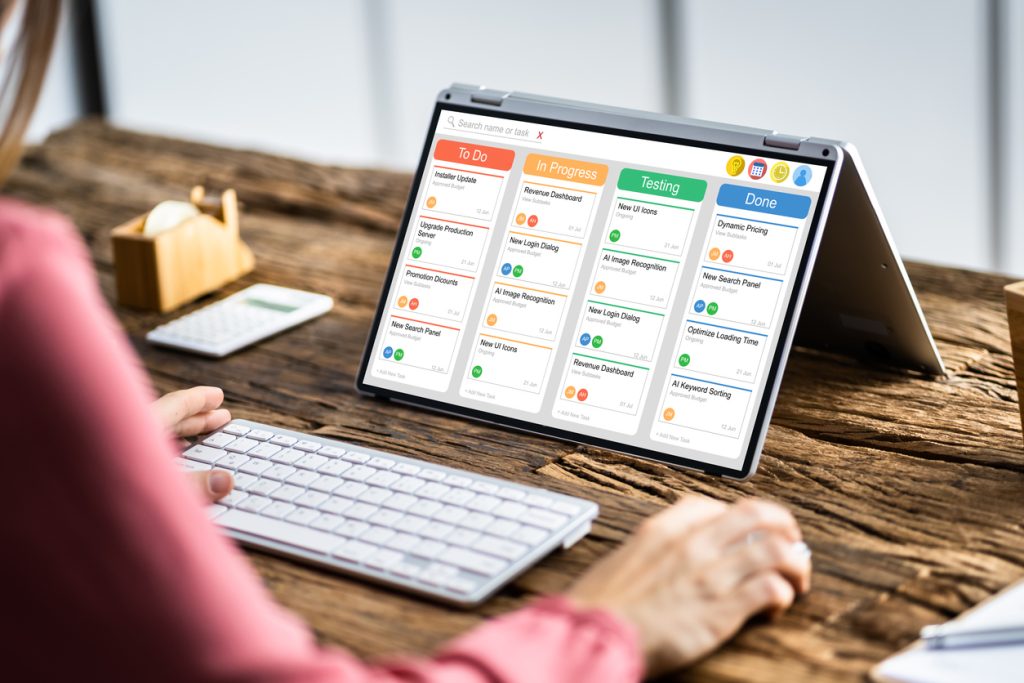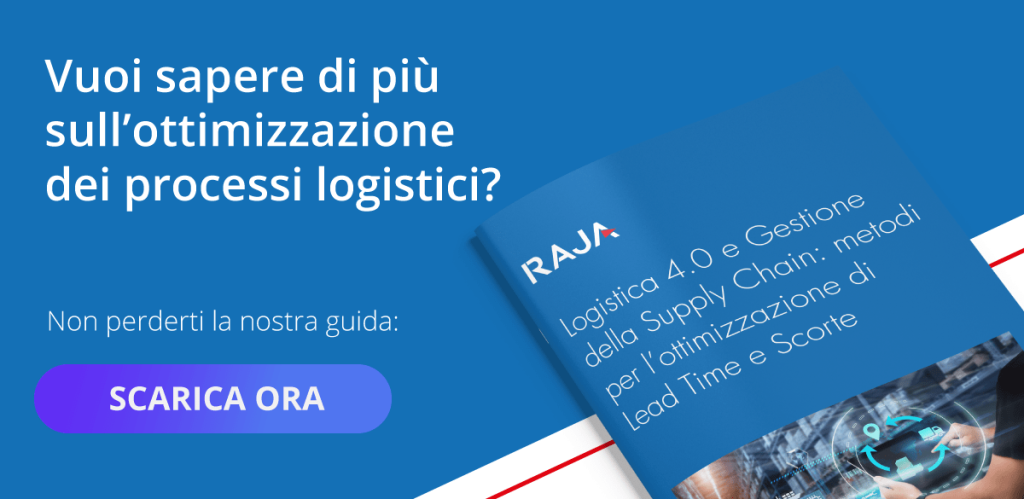La Lean Production is an approach of management of production and logistics processes that aims to maximise efficiency and reduce waste. One of the most powerful tools used in ‘lean production’ and lean logistics is the Kanban methodwhich originated in Toyota manufacturing plants during the 1950s.
The methodologyelement of the system just in time, which aims to make the procurement and replenishment of stocks more efficient, has proven to be effective inaligning production capacity to demand. Thus avoiding unnecessary waiting between processes and overproduction.
A method that fits well with the concept of flow pullwhich is fundamental in the context of applying Kanban to the supply chain. Indeed, pull flow is based on the idea of producing or supplying products in response to actual customer demand. Producing only what is required, when it is required, avoiding overcrowding of inventories and the risk of overproduction.
This approach replaces the push approach, according to which goods are produced on the basis of forecasts and not on the basis of actual market demand, often leading to situations of overstocking (overproduced goods).
What is Kanban?
Kanban is a Japanese term derived from the combination of two Japanese words:
- Kan – visual
- Ban – signal
It literally translates as ‘signboard’, ‘tag’, referring to a visual element, an identification tag for goods, which contains information about batches of material. Kanban originated as systems for visual workflow programming.
Today, tags have mostly become digitised and the Kanban methodology uses Kanban boards. Implementing the kanban board offers the possibility of optimise processes and increase productivitywith a higher level of flexibility, less waste, more predictability and better team focus resulting in less stress.
If you want to know more about optimising logistics processes, don’t miss our guide: Logistics 4.0 and Supply Chain Management: methods for optimising Lead Time and Inventory.

Kanban: an example of visual scheduling
Let’s imagine an electronics manufacturing and distribution company that is in a complex supply chain with several component suppliers, an in-house production line and a network of distributors.
Using the Kanban method, component suppliers send materials for the production of electronic products. Each supplier has a virtual Kanban board with the following information.
- Stock level → the number of components available in the supplier’s warehouse.
- Production or supply in progress → how many components are in production or in transit to the company.
- Reorder level → the minimum level of components below which the order is initiated.
At the same time, the company’s internal production line uses the Kanban board to manage the production of electronic products, so it knows:
- Stock level → how many products are available in the company’s warehouse;
- Current production or supply → represents how many products are in production on the production line;
- Orders received → represents how many customer orders are waiting to be fulfilled.
Distributors receive finished electronic products from the company and manage distribution to end customers. Each distributor has similar information on its board. This includes:
- Stock level → how many electronic products are available in the distributor’s warehouse;
- Orders received → the number of orders from end customers awaiting delivery.
With the Kanban method, when the stock level of a component or product reaches the reorder level, the system automatically generates a reorder or production order..
The pull flow is activated when a customer places an order. The manufacturing company receives the request and starts production or assembly of the required products. Each supply chain partner can view the information on the Kanban boards of the others, sharing the status of stock and activities.
Any critical issues are highlighted by the Kanban system, enabling timely intervention and continuous process optimisation. It is clear that the Kanban methodology helps to co-ordinate activities throughout the supply chain, optimising inventory, improving delivery times and facilitating communication between partners.
The system also allows flexible adaptation to changes in demand and workflow, contributing to a more efficient and responsive management of the entire supply chain.
Agile Kanban applied to the Supply Chain
In summary, the Kanban methodology:
- Avoids overproduction and the risk of overstocking.
- I workflows are regulated by the number of available Kanban, which function as authorisations to produce or supply a certain quantity of product or material. When an item is taken from stock or a new production step is started, the Kanban is released, signalling the need to produce new items.
- Kanban limits the work in progressand avoids overloading resources and maintains a constant flow. This helps to identify problems and obstacles at an early stage, encouraging immediate corrective action.
- The Kanban method promotes a continuous improvement approachby encouraging the involvement of all team members in finding solutions to optimise processes (Kaizen).
The application of the Kanban method to the supply chain is a winning strategy to improve efficiencyefficiency, reduce waste and foster collaboration between supply chain partners.
Using kanban tools, companies can optimise the flow of materials and information, reducing lead times and improving customer satisfaction, while aiming for continuous improvement.















